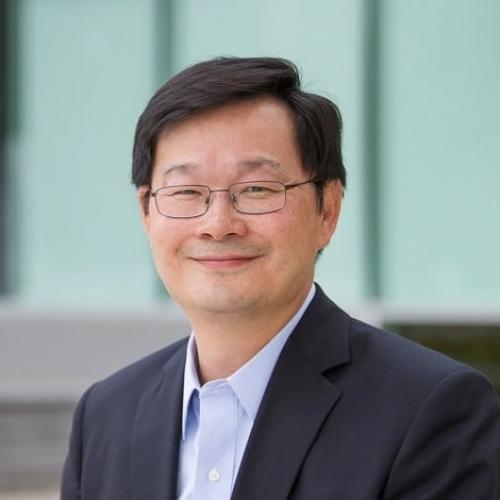
Mitchelle Rasquinha

Bing Yu
Bing Yu is a Sr. Technical Director at Andes Technology. He has over 30 years of experience in technical leadership and management, specializing in machine learning hardware, high performance CPUs and system architecture. In his current role, he is responsible for processor roadmap, architecture, and product design. Bing received his BS degree in Electrical Engineering from San Jose State University and completed the Stanford Executive Program (SEP) at the Stanford Graduate School of Business.

Thomas Sohmers
Thomas Sohmers is an innovative technologist and entrepreneur, renowned for his pioneering work in the field of advanced computing and artificial intelligence. Thomas began programming at a very early age, which led him to MIT as a high school student where he worked on cutting-edge research. By the age of 18, he had become a Thiel Fellow, marking the beginning of his remarkable journey in technology and innovation. In 2013, Thomas founded Rex Computing, where he designed energy-efficient processors for high-performance computing applications. His groundbreaking work earned him numerous accolades, including a feature in Forbes' 30 Under 30. After a stint exploring the AI industry, working on scaling out GPU clouds and large language models, Thomas founded and became CEO of Positron in 2023. Positron develops highly efficient transformer inferencing systems, and under Thomas's leadership, it has quickly become one of the most creative and promising startups in the AI industry.

Sree Ganesan
Sree Ganesan, VP of Product, d-Matrix: Sree is responsible for product management functions and business development efforts across the company. She manages the product lifecycle, definition and translation of customer needs to the product development function, acting as the voice of the customer. Prior, Sree led the Software Product Management effort at Habana Labs/Intel, delivering state-of-the-art deep learning capabilities of the Habana SynapseAI® software suite to the market. Previously, she was Engineering Director in Intel’s AI Products Group, where she was responsible for AI software strategy and deep learning framework integration for Nervana NNP AI accelerators. Sree earned a bachelor’s degree in electrical engineering from the Indian Institute of Technology Madras and a PhD in computer engineering from the University of Cincinnati, Ohio.